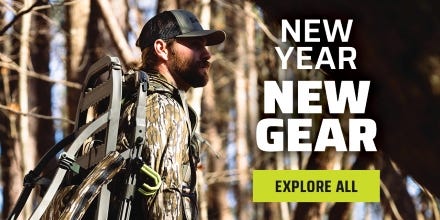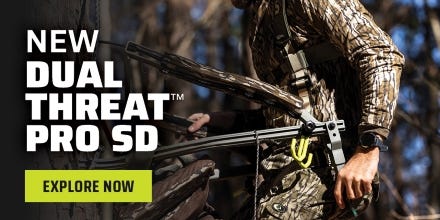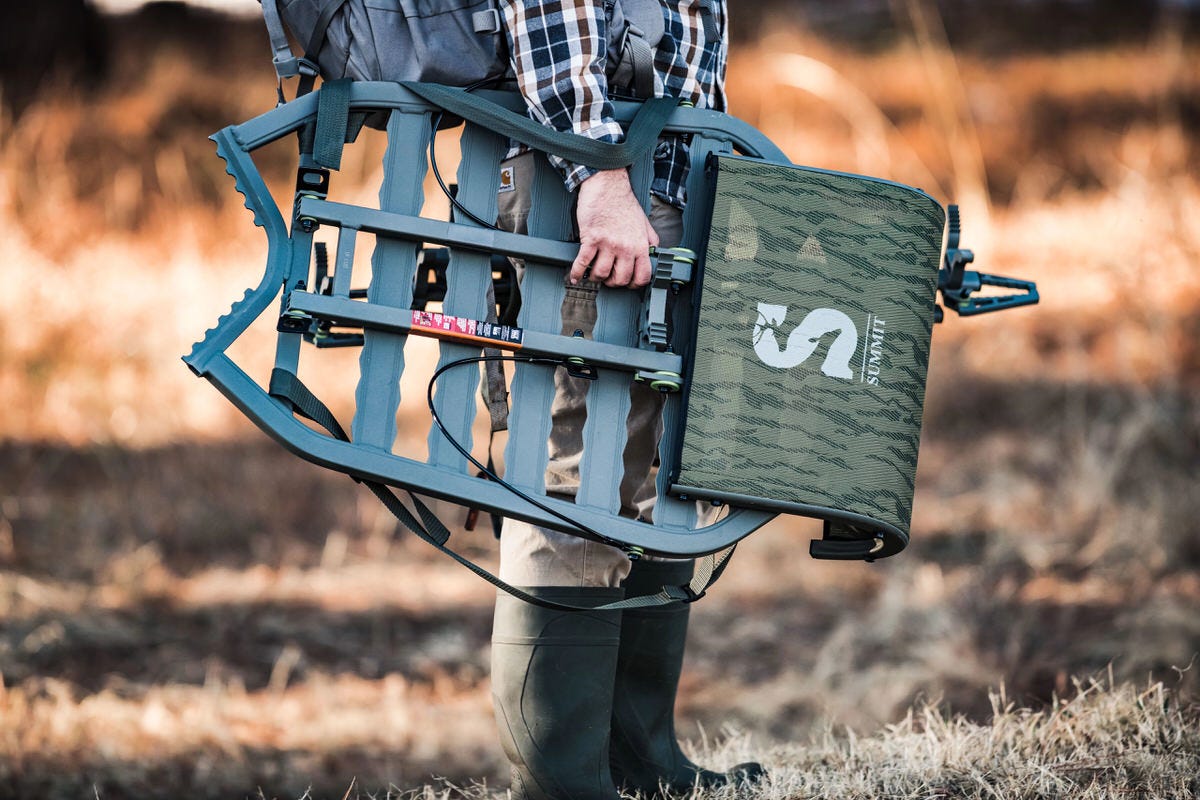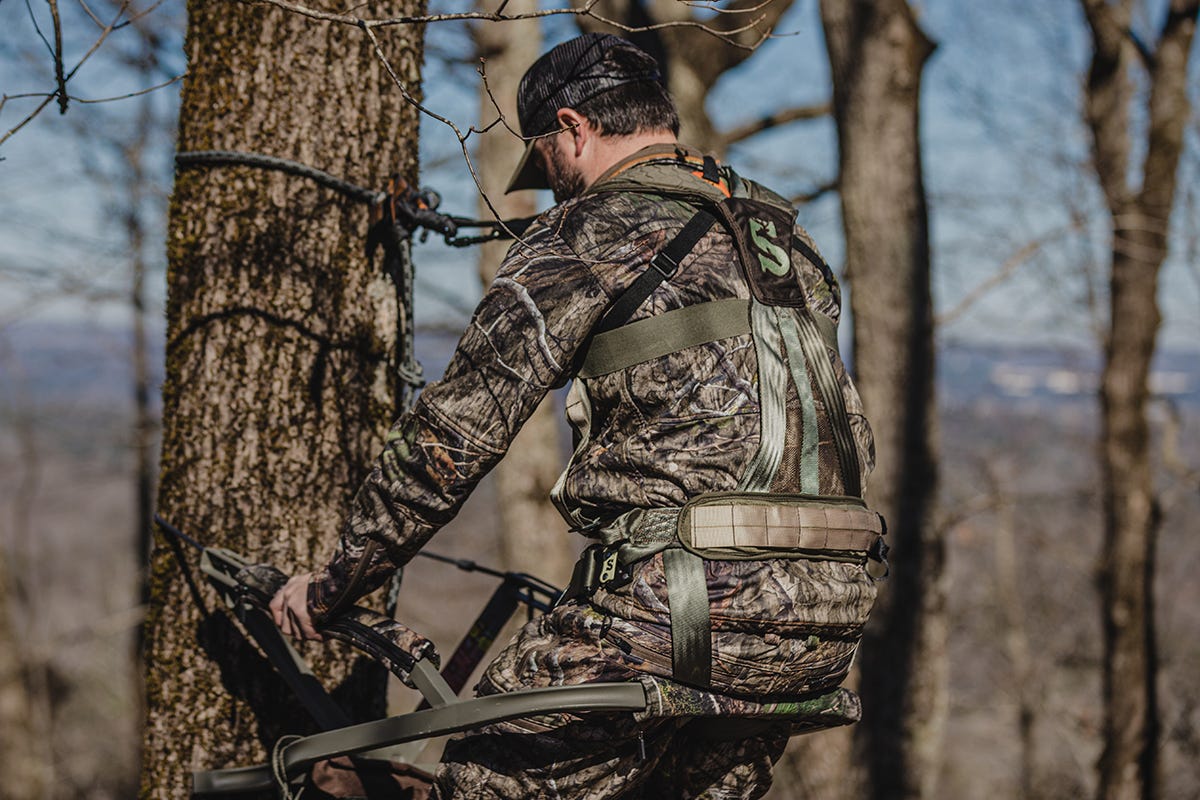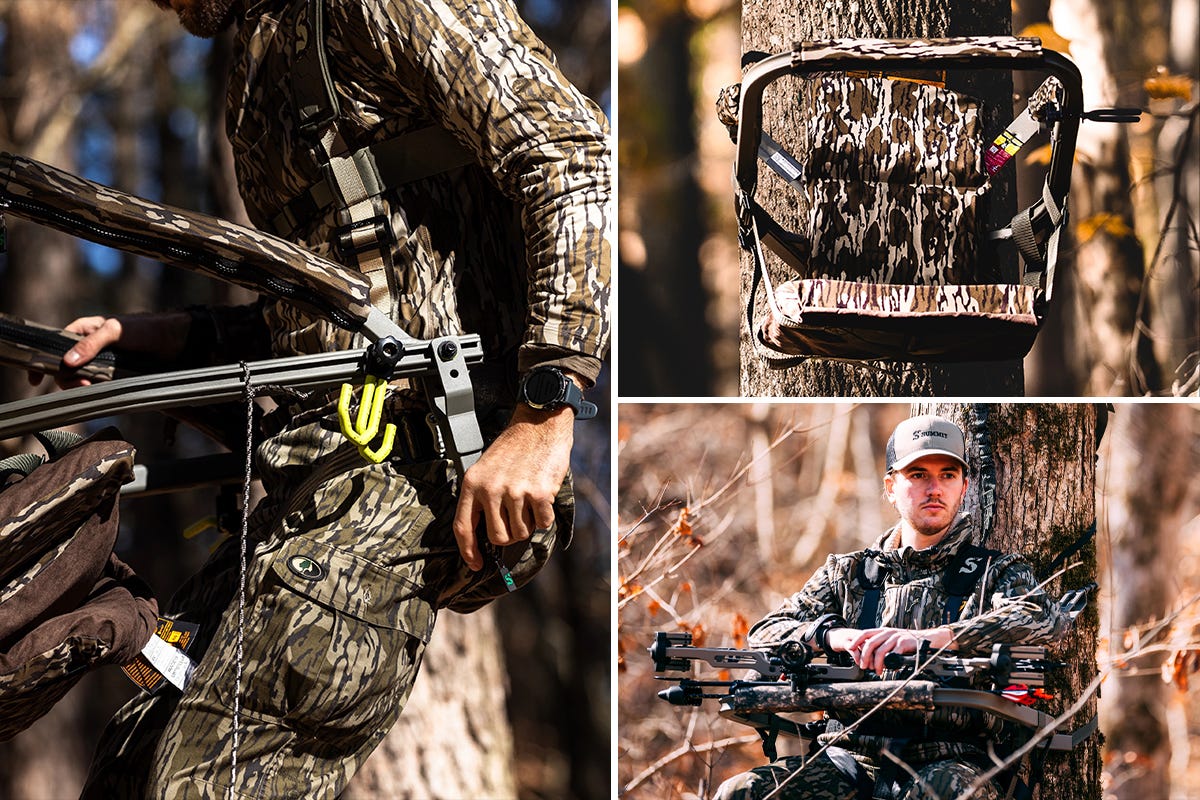- Dec 10, 2013
Never Pick The Wrong Stand Location Again
If you want to consistently hang stands above big buck hotspots, then pay close attention to these high-impact setup tips that will keep you inside the red zone this season!
When starting a new business or opening a store, experts will tell you that it’s all about location, location, location! This old adage can also be applied directly to deer hunting, especially if you’re talking about what it takes to tag giant bucks season after season. Where and how you hang your tree stand will ultimately determine your overall success in the field. In some cases, a few yards are basically all that separates an action-packed hunt from hours of total boredom or almost getting a shot.
On that note, it’s important to remember that being close only counts when you’re throwing horseshoes or hand grenades. In fact, “almost” and “close” are two words that basically lead to unfilled tags, empty freezers and extra wall space. With that being said, let’s breakdown some cutting-edge tree stand placement tactics that will generate consistent shot opportunities throughout the fall. Follow these high-impact tips and you’ll find yourself sitting above an antler-rich environment a lot more than usual this season.
Hunt Where Big Bucks Live
It’s pretty much impossible to pinpoint, pattern or shoot what isn’t even there. In other words, if you want to tag bigger bucks then you’ll need to hunt where monsters actually live. For starters, try to concentrate on areas or regions that consistently produce wall-hangers. Monitoring annual harvest logs online or simply talking to your state’s deer biologist are excellent ways to find exactly where trophy-buck hotspots are located.
Once you’ve narrowed your hunting area search, it’s time to start thinking outside the box. Locations that produce super-sized antlers also attract intense hunting pressure. This means you need to raise your scouting, stand placement and hunting game to a higher level. Focus on thick and nasty cover or areas that are extremely difficult to access. Strategically hanging stands along the edges of overgrown thickets, aged clear-cuts or hard-to-reach escape routes can make a noticeable difference.
Another deadly tip for hunting these areas is to utilize alternate routes to reach and hang stands inside of prime locations. For example, utilizing a rental pontoon, small aluminum johnboat or canoe on lakes, rivers and creeks can give you a definite edge over other hunters. You’ll have quick and easy access to big buck hotspot zones that most hunters are unable to reach by road or ATV. In areas that lack water entry points, mountain bikes or horses may be your best option. The key is to hang stands inside of protected areas where the titans of the woods go to hide and escape intense periods of hunting pressure.
Push The Outer Limits
Have you ever noticed that most tall-tined bruisers have super sensitive noses? As a result, this is probably one of the main reasons why they’re able to survive enough seasons to accumulate some serious headgear. A veteran buck only needs a tiny whiff of any unnatural scent to bust you and completely ruin your setup for future hunts. In many cases, hunters don’t even realize they’ve even been busted. The buck picks up the scent, monitors the hunter’s position, carefully assesses the situation and silently sneaks away without drawing any attention.
Consequently, how and where you hang a stand can make or break you in these situations. All it takes is a slight change in wind direction or one brief swirl to spook and educate the buck you’ve been waiting to shoot all season long. The good news is that pushing the outer limits by setting up stands that are well above 20-ft can dramatically reduce the problems associated with changing or swirling winds.  During morning hunts, scent rises and hunting extreme heights will keep you safely above a buck’s effective detection zone. Evening hunts can be a little trickier, because thermals can push scent back down. However, hanging stands higher than the average hunter will still reduce the risk of getting your setup blown during both evening and morning hunts. Although when hunting high, it’s very important to choose a well-made stand, utilize sturdy climbing steps and wear a high-quality safety harness with some type of climbing belt.
During morning hunts, scent rises and hunting extreme heights will keep you safely above a buck’s effective detection zone. Evening hunts can be a little trickier, because thermals can push scent back down. However, hanging stands higher than the average hunter will still reduce the risk of getting your setup blown during both evening and morning hunts. Although when hunting high, it’s very important to choose a well-made stand, utilize sturdy climbing steps and wear a high-quality safety harness with some type of climbing belt.
Match The Terrain
The particular terrain you’re hunting should definitely play a key role in all of your stand placement decisions. In other words, your setups really need to match the terrain. For example, when hunting relatively flat country a stand can actually be placed with the wind in the buck’s favor. Mature bucks like to travel facing the wind, which can drastically limit your stand options. However, as mentioned earlier, hanging stands well above 20-ft should keep you just out-of-reach. With this scenario, you’ll have the real advantage, because the buck will feel safe walking straight into the wind and right inside of your danger zone.
In hilly or steep terrain, stand selection can be much more difficult. For good reason, you might be hunting high in the tree, but lower than a ridge, high-top or point of timber. If the buck is traveling down any of these and into the wind, your tree stand height is probably not going to save you. This is where you need to hunt turning points or particular spots where bucks momentarily change directions to reach feeding or bedding areas. Turning points can be found in every hunting area, because whitetails can’t always walk with the wind in their favor.
Splitting two mountain benches and hunting the mid-section of the steep is another high-impact stand setup geared toward steep terrain. Bucks naturally like to travel flat benches, which makes stands that are placed high and directly between two separate ones extremely lethal. A wind that is blowing across either side of the bench will carry your scent well above the buck’s head and nose. With this setup, a buck will assume he can safely monitor the bench above or below him for any possible threats, but this is definitely not the case.
Control The Traffic
With deer hunting, the perfect tree for a stand and hottest buck sign doesn’t always match up. Sometimes you simply can’t reach these high-traffic areas without bumping deer in the process. However, the tree stand locations that you can safely enter, hunt and exit with no danger of spooking deer often places you out-of-range. When facing this notorious situation, flip the script on a cagey buck by controlling how he travels.
There are several ways you can influence, dictate and even change a buck’s travel patterns. Clearing out narrow trails through thick-covered areas is a good traffic control strategy; within a few days, deer will start traveling your trails.
Clearing mock trails essentially places you in the driver’s seat, because you can lead these fake deer paths through easy-to-hunt ambush points of your choice. A rake, folding hand saw and machete are all you need to make perfect whitetail roads of destruction. Adding buck urine to these make-shift paths can also add a natural degree of realism that will speed up the process. Connecting mock trails to current food sources and potential thick-covered bedding areas is another good tip that can help you exploit a hard-to-handle buck this season.

